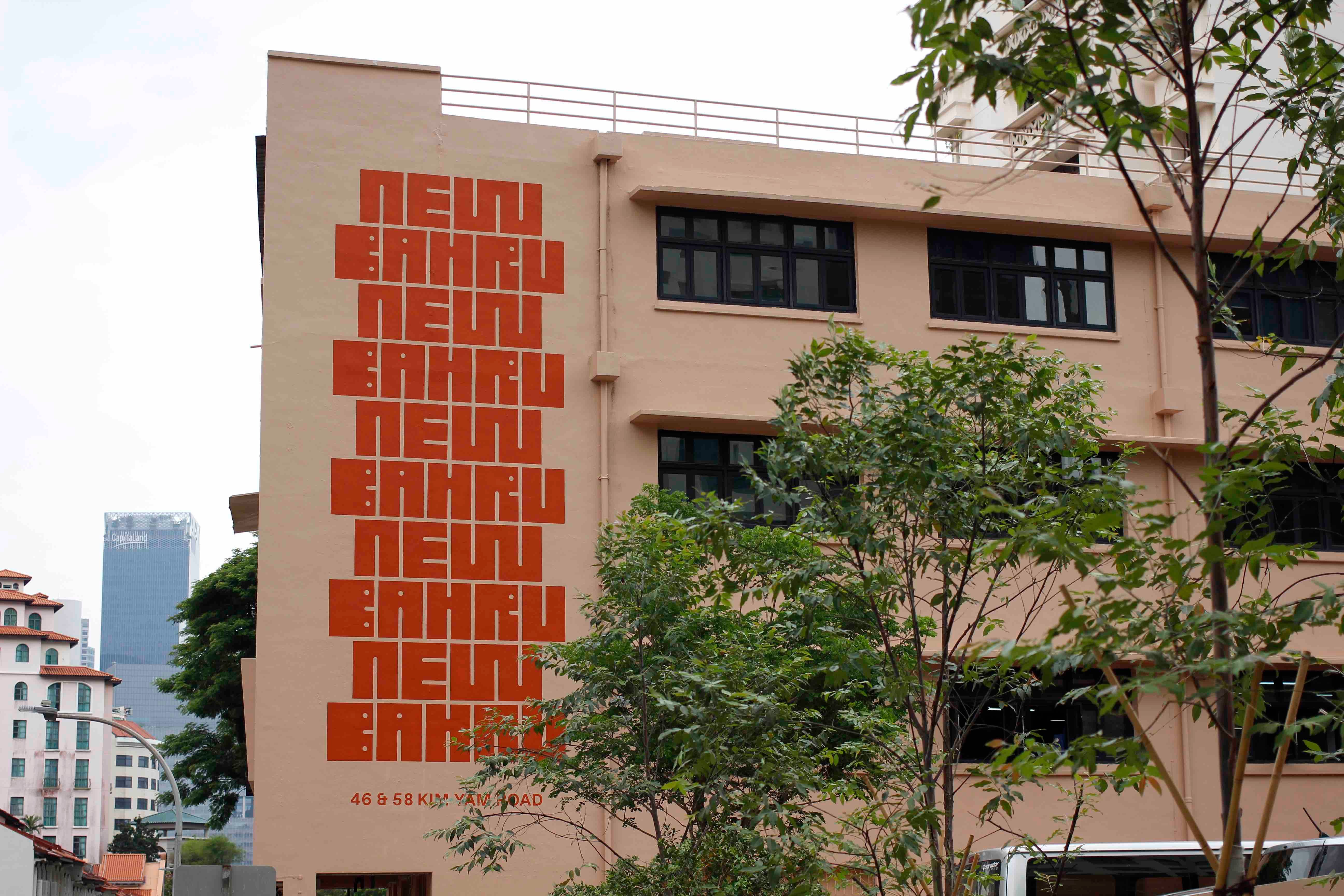Known for its golden arches against a bright red backdrop, McDonald’s is now adding a splash of green to its branding in China.
In September 2022, the American fast food chain opened its first net-zero (a state in which the amount of greenhouse gases going into and being removed from the atmosphere balance each other out) branch in China as part of its goal to reach zero carbon emissions globally by 2050.
Located on the outskirts of Beijing, the restaurant features over 2,000 square meters of solar panels, which generate enough electricity to sustain the restaurant’s operations year-round. The move could cut annual carbon emissions by 200 tons, which is about the yearly carbon footprint of 50 people.

The net-zero McDonald’s in Beijing is also equipped with energy-efficient ventilation, air conditioning, and lighting, which cuts average electricity usage by 35-40%.
Customers shouldn’t expect plastic straws with their drinks at the fast food eatery — all packaging is produced with recyclable and biodegradable materials.
Furthermore, 95% of the establishment’s food supply is sourced locally, according to a press release, and all its coffee beans and fish are purchased from sustainable farms.

Interestingly, the green restaurant is located within the grounds of Shougang Park, China’s largest steel mill in the 1990s. Shougang Group, a state-owned company, once oversaw some 200,000 staff working in Beijing, which was also home to amusement parks, stadiums, and other entertainment facilities.
As you might suspect, the mill was also a significant source of pollution in Beijing. So, starting in 2005, the company began to shift its entire plant to Hebei, a province adjacent to Beijing, a move that took half a decade to complete.

Today, the whole vicinity has been transformed into a tourist destination encompassing a heritage park and Big Air Shougang, a stadium used for the 2022 Winter Olympics.
Many people frequent the park for photo-ops with abandoned steel furnaces in their backdrops.

McDonald’s is also catering to Chinese consumers’ growing passion for fitness (and their smartphone addictions), setting up stationary bikes cum wireless charging booths at its net-zero restaurant in Beijing.
Something to write home about, the phone chargers require you to put in a bit of work, as electricity is only generated when you pedal hard and fast enough. You’ll know you’re on the right track when the big McDonald’s logo lights up behind the row of bikes.
Cover image via McDonald’s
















